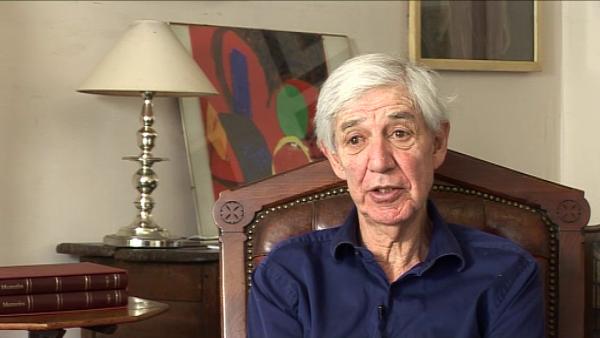The relationship between evolution and development is a very nice topic and it’s making really quite good progress. I mentioned earlier that I had this model about the evolution of multicellularity, but it really raises many, many issues. And I must say that I once upset Richard Dawkins — we were on a platform together, and the thing was about intelligent design, partly — and I said I’d like to believe in intelligent design, then I wouldn’t have to struggle with these difficult evolutionary problems. For example, we do have quite good ideas about the evolution of the eye, but there are a lot of details that we don’t understand. And one of the difficulties is with evo-devo, you can see why things changed, but it’s the intermediate stages that are very hard to understand what their selective advantage was. Okay, so our jaws come from a set of arches. Okay, we know that they... that were present in our ancestors, and we can understand the transition. But what was the selective advantage before the jaws became functional? It... it really is quite tricky. And that’s why it would be a great relief for me to believe in intelligent design; I wouldn’t have to struggle with these very... with these very difficult things. If you think about, for example, the origin of wings of insects. There is evidence that the wings came from a structure which was used by the insects living in water for getting oxygen from the water. Okay, so when they came out of the water, here was this object. But what was the adaptive advantage of this object before it transformed into a wing? Very, very hard, and I don’t have answers to many of these problems. But evolution and development is... is a very nice... and it’s important to realize, that for most animal evolution, it’s changes in the way that the embryo develops that led to new structures being developed. And so the embryo is absolutely fundamental to understanding how evolution actually occurred.






